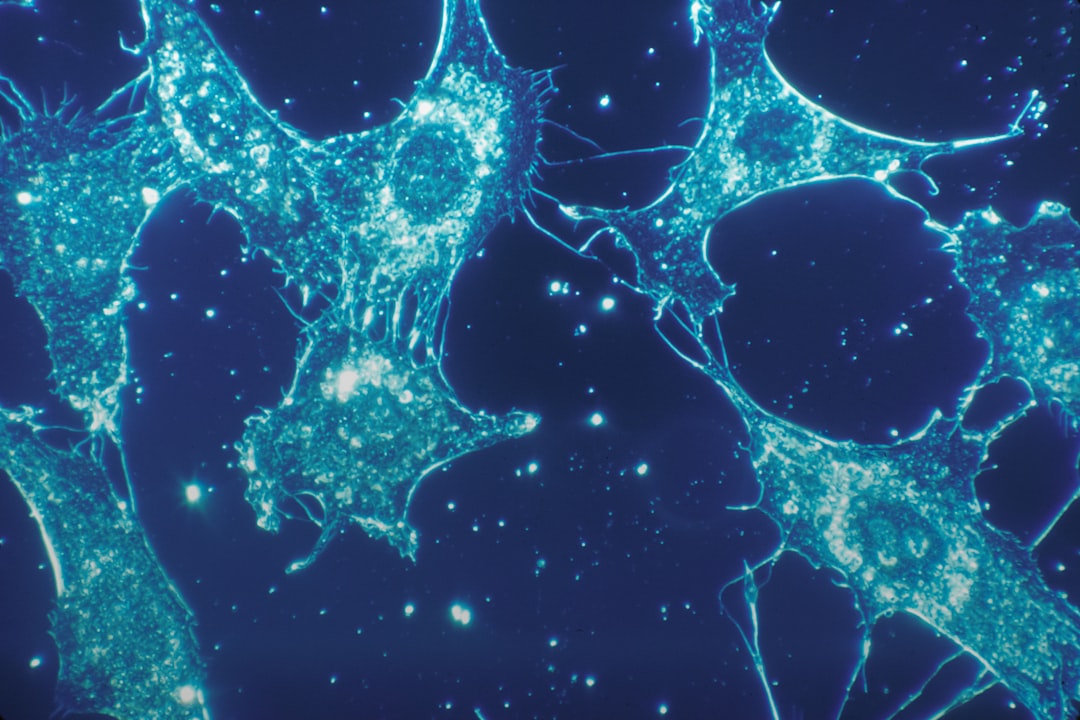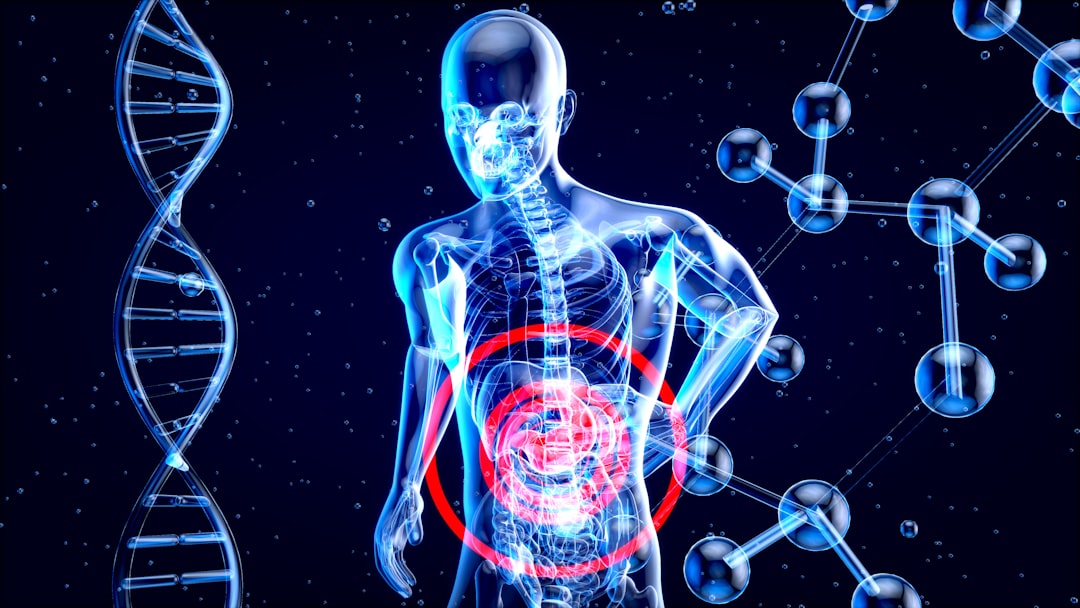What is it about?
High affinity nerve growth factor (NGF) receptor, Trk-tyrosine kinase, is essential for neuronal differentiation and survival in the nervous system. Heretofore, no previous findings of endogenous regulator of Trk-tyrosine kinase before our publication in Proc Natl Acad Sci USA 1995 Mutoh T et al. had been available. In this study, GM1 ganglioside, one of the cardial resident of membrane rafts binds to Trk-neurotrophin receptor in a way of SDS-resistant and regulates it positively. Such strong bindings were not observed on EGF receptor nor low affinity NGF receptor. This study illustrated for the first time that receptor-type tyrosine kinases can bind to gangliosides such as GM1 for Trk and GM3 for EGF receptor-tyrosine kinase and by their binding tyrosine kinase activities get strongly modulated.
Featured Image

Photo by Jonatan Lewczuk on Unsplash
Why is it important?
This study illustrated the importance of protein-lipids interaction in the signal transduction pathway. As demonstrated in JBC 1998, if intracellular GM1 is depleted, Trk-neurotrophin receptor is no more responsive again its ligand, NGF. Moreover, among exogenous addition of various gangliosides in the culture medium, only GM1 addition into culture medium rescued the responsiveness of Trk-tyrosine kinase to its ligand, NGF in gangliosides depleted cells. This study illustrated for the first time the endogenous phisiological factor against Trk neurotrophin receptor for its normal function. This study is the first indication that the protein residing in the membrane rafts needs their lipids factors for the normal function of the protein.
Perspectives
Protein-lipid interaction and lipid modification of proteins in the membrane rafts would be the future research areas for investigation to understand the real protein functions in the living membranes.
Professor Tatsuro Mutoh
Department of Neurolgy, Fujita Health University School of Medicine
Read the Original
This page is a summary of: Ganglioside GM1 binds to the Trk protein and regulates receptor function., Proceedings of the National Academy of Sciences, May 1995, Proceedings of the National Academy of Sciences,
DOI: 10.1073/pnas.92.11.5087.
You can read the full text:
Contributors
The following have contributed to this page










